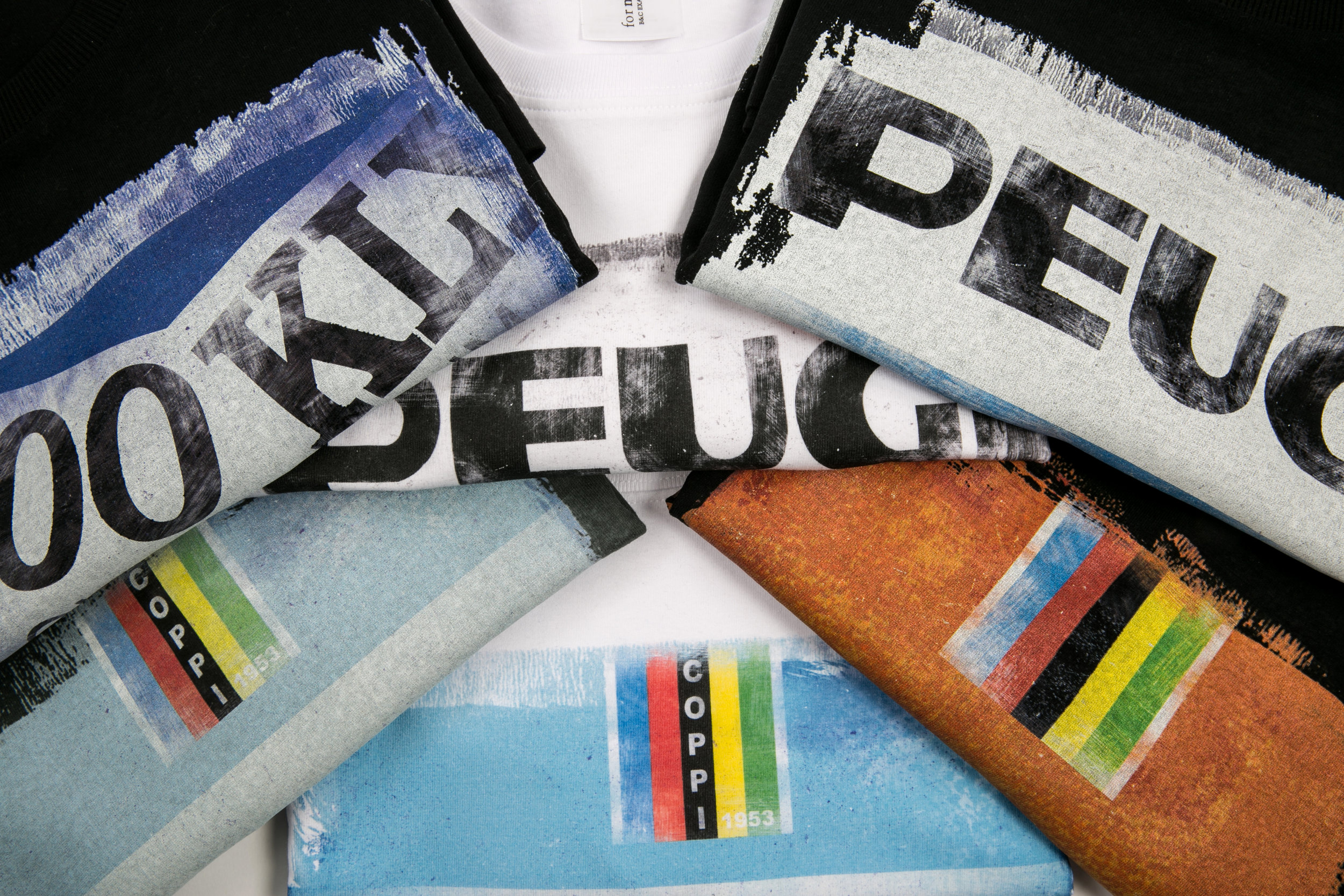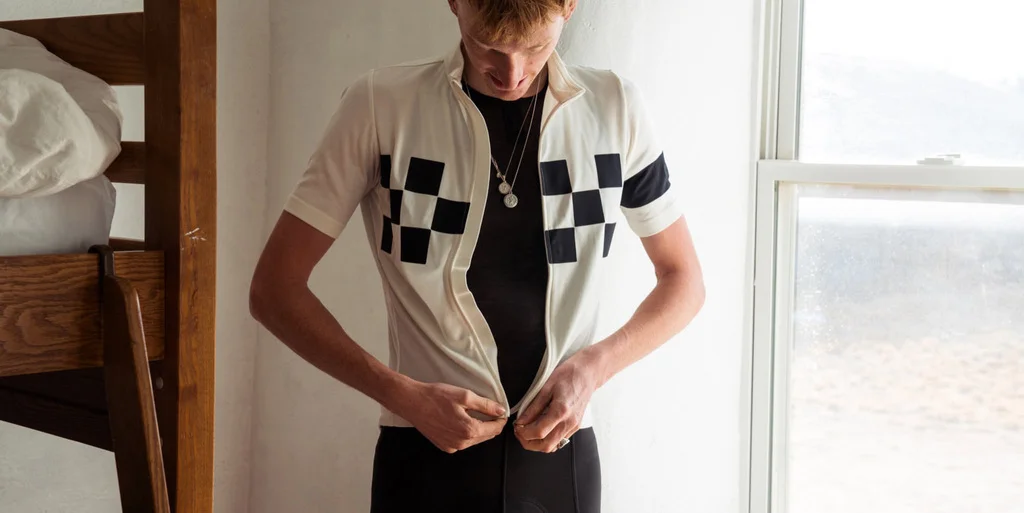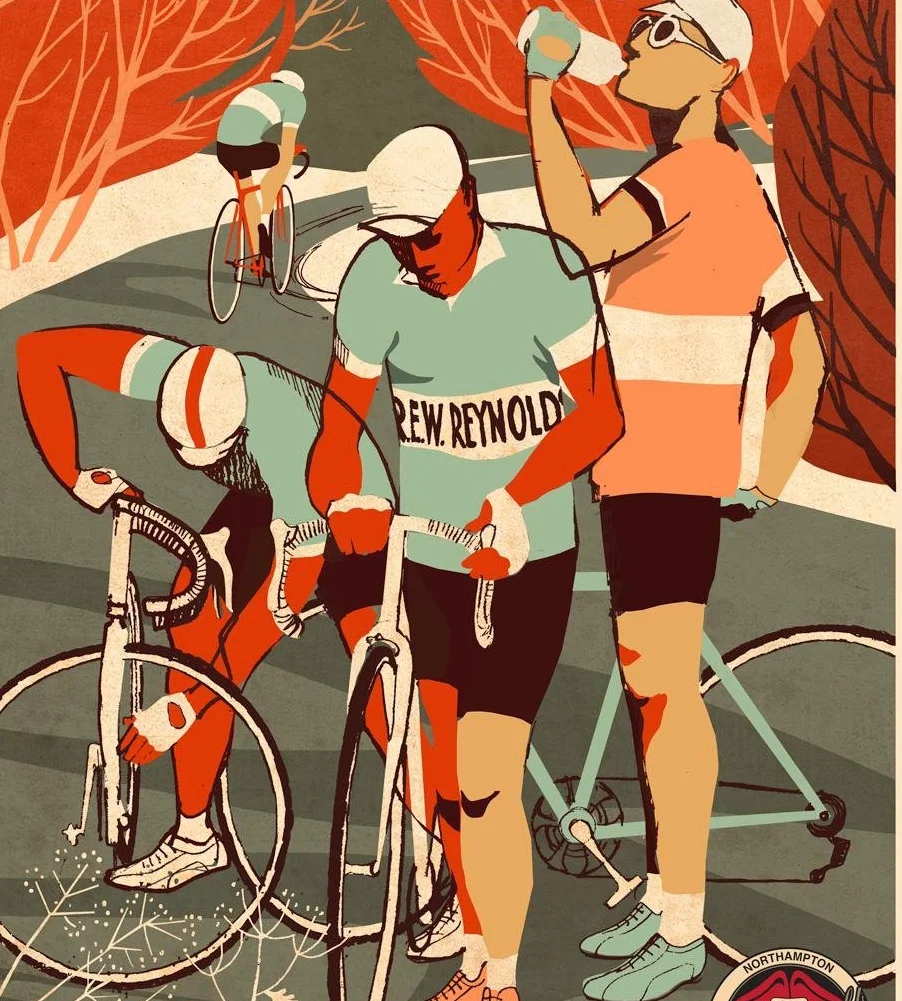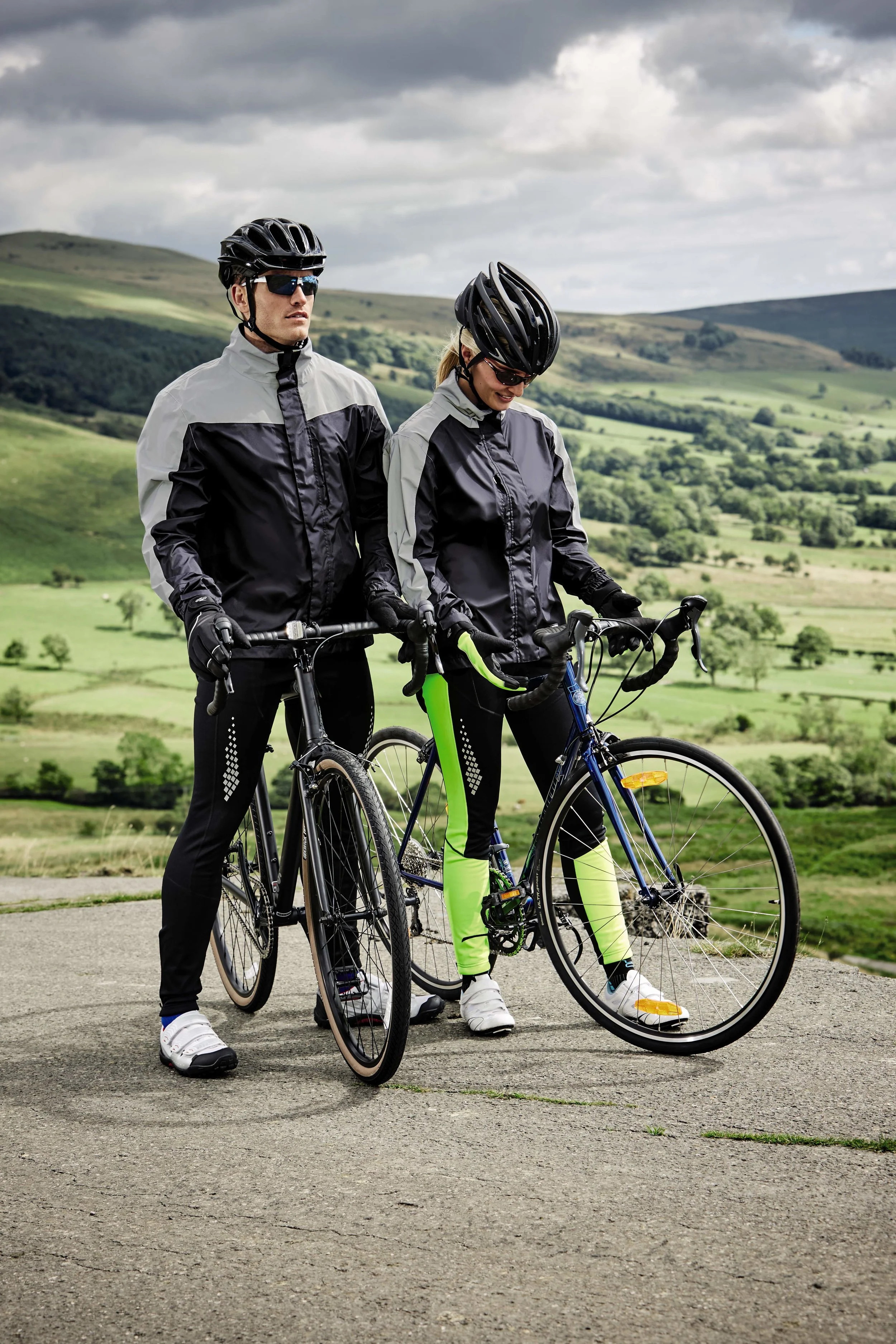If you watched John Degenkolb, Warren Barguil and Tom Dumoulin of Team Giant Alpecin on the Tour de France this year, you may have noticed a difference in the team kit they were wearing. Their special edition July white kit symbolised a new start after a terrible pre season training accident which saw their key team members badly injured and unable to compete for months afterwards. Look even more closely, however, and you may notice that their shorts, although still the traditional black, feature a mesh design that claims to protect the riders if they find themselves skidding across the tarmac.
Giant Alpecin's new white kit for the Tour de France symbolises a new start
Many riders in the Pro peloton have complained about the increase in the number of crashes in races from the Classics to the Grand Tours. Who can forget the sight of Peter Sagan baring a red raw buttock after being knocked off by a motorbike on last year’s Vuelta? This year saw Tour winner Chris Froome crash twice, once when he and Richie Porte rode into the back of another motorbike, then when he skidded on a wet road on a descent of the penultimate mountain stage. The effect of a crash does not always result in broken bones and immediate withdrawal from a race. More often than not, riders slide across the tarmac, tearing their jersey and bib shorts and removing a few layers of skin. Road rash, as it’s known.
Road rash can seriously affect a rider's performance
These riders are tough, however, and losing a few layers of skin is widely accepted as an occupational hazard that most will overcome uncomplainingly. But the effect of these road burns can be significant in a rider’s subsequent performance. Apart from feeling sore for some days, there’s a danger of infection and, as anyone who’s experienced losing a couple of layers of skin from their backside will testify, it can be extremely uncomfortable at night, making it difficult to sleep and recover after a long stage in a Grand Tour. In these days of marginal gains, experiencing this discomfort could result in the difference of a few seconds or more and a slip down the GC rankings.
A new fabric design has emerged that could put an end to those uncomfortable and, possibly race changing, road burns. Coming from the unlikely industrial world of manufacturing super strong cables, ropes and fishing lines, body armour and safety gloves, Dyneema is a relatively new product whose strong yet flexible properties have been used for a range of protective clothing. They set their minds to constructing a fibre that could withstand the effect of a bike racer skidding across a metalled road without tearing.
Dyneema's state of the art research facility in Holland
The challenge was a big one because, while Dyneema have made protective clothing for fire fighters and body armour for the military, these products would clearly be hopeless for a professional bike racer to wear. John Degenkolb will not accept any compromise in either comfort or performance as he lunges for the finishing line in a sprint finish.
From developing a range of other clothing products, including Levi’s 501 denim, they found that they could double the strength of a pair of jeans by incorporating only 5% Dyneema fibres into the overall fabric. This technology has been used by Saint, a brand new Australian motorcycle inspired label, Hyperlite Mountain Gear, an American brand that has used the material for their backpacks and Joseph Jenkins from the UK who created the first completely bulletproof suit!
Reinforced mesh panels give protection without compromising on performance or comfort
Months of testing resulted in the company designing a Dyneema grid mesh that they have been able to weave into the fabric of a cyclist’s classic bib short. It has the same comfort and performance but is a completely rip-stop fabric that should see an end to the road rash of yesteryear. While not technically bulletproof, these shorts are very much tear-proof. The company are now developing a team jersey for Giant Alpecin that will feature Dyneema panels on the shoulders and back offering the rider similar protection to the upper part of their bodies.
Not content with revolutionising cyclists’ shorts and jerseys, Dyneema are developing a range of products for the bicycle industry including some cycling shoes that are so stiff that they have zero stretch, yet remain light and comfortable. The shoes, developed in partnership with Specialized, were worn by Alberto Contador this year.
Dyneema have developed a racing shoe in partnership with Specialized
For once, it seems that Team Sky have been beaten to it in incorporating new technology in the pursuit of marginal gains. One suspects it won’t be long before we see these other pro teams adapt their own team kits with Dyneema fabric in the way that Giant Alpecin have done. And once they get hold of it, here's hoping we will all be able to enjoy professional quality protection before too long.































































